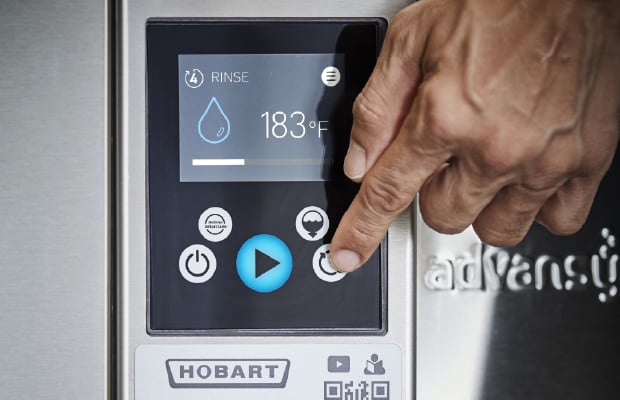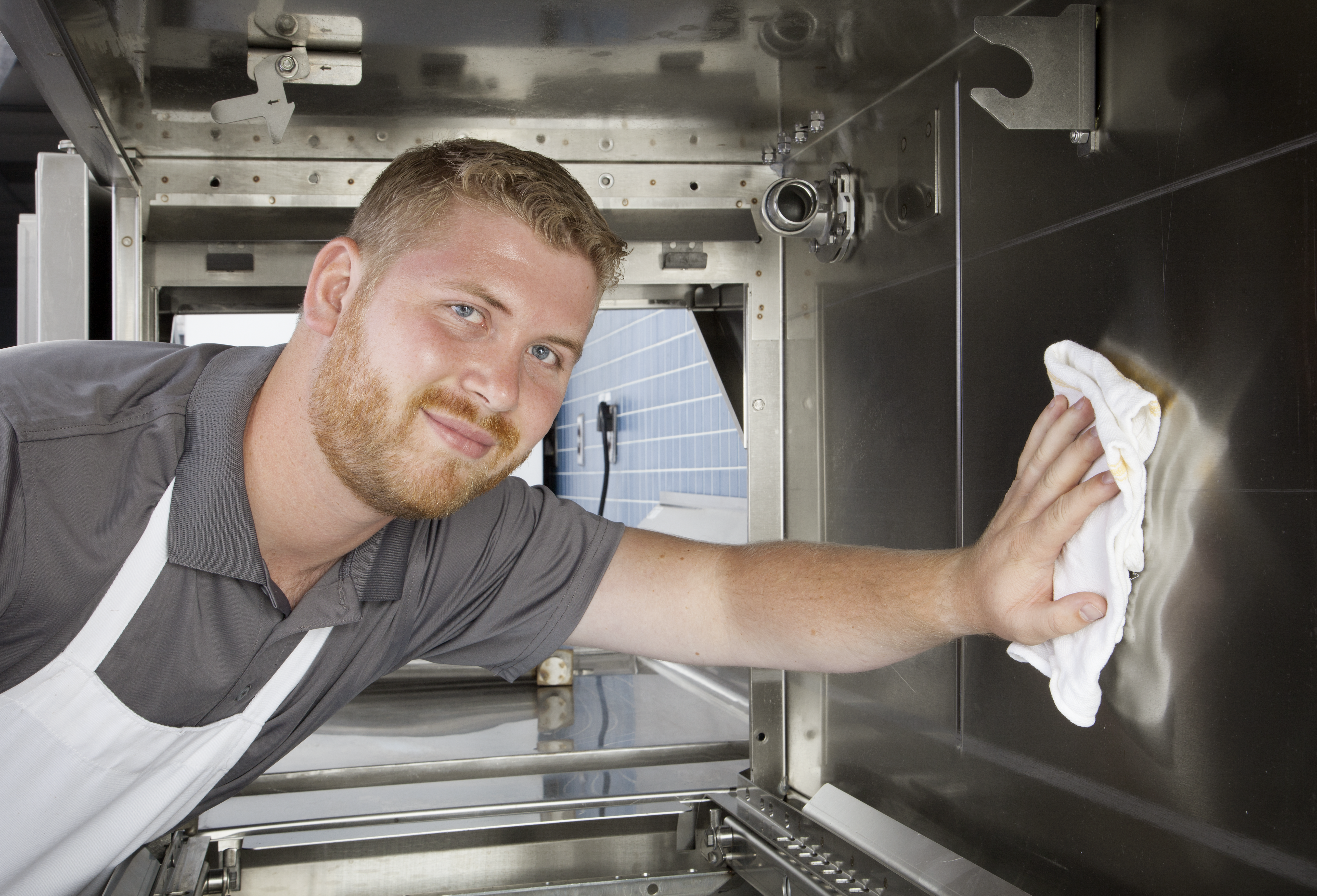One of the most important tasks of any commercial dishwasher is sanitization. But there are some common misconceptions about just what sanitization is and how it works. Can you separate the myths from the facts?
- Sanitized dishes are sterilized dishes. Myth: Sanitization and sterilization serve different purposes. Sanitization kills most pathogens that can lead to food-related illness and meets the requirements for warewashing set forth in the FDA food code. Sterilization destroys virtually all the living microorganisms on a surface and is more appropriate to healthcare devices and operations. Sanitization of dishes and ware is sufficient for common foodservice operations. Commercial dishwashers are not designed to sterilize medical devices.
- Sanitization is a multi-step process. Fact: The Food and Drug Administration defines the process of sanitization as: washing to clean off food soil; rinsing to remove detergent and any remaining soil; and the application of either a chemical sanitizing agent, or, the machine must reach minimum defined temperatures in the wash, rinse cycles to achieve sanitization.
- Sanitized dishes can be wiped dry and then stacked, as long as it’s done promptly after washing. Myth: Once dishes are sanitized, they should always be allowed to air dry and then stacked and put away. Wiping a sanitized dish with a cloth runs the risk of introducing a source of contamination onto the dish.
- With today’s commercial dishwashers, prescraping is not necessary. Myth: While machines do a better job cleaning than ever before and may reduce the amount of prescraping, it is still an integral part of the dishwashing process to ensure proper sanitization after dishes are rinsed.
- There are only three types of commercial sanitizers approved by the FDA for use in low temperature (chemical sanitizing) commercial dishwashers. MYTH: The primary types of sanitizers approved by the FDA are a quaternary (quat) ammonium solution, a chlorine-based solution or an iodine-based solution. Other sanitizers can be used if they are applied in accordance with the EPA-registered label use instructions. Consult your chemical provider for the best type of solution for your operation; and, ensure the proper concentration — as specified by the chemical manufacturer — is used to ensure sanitization. Using the appropriate sanitizer test strips will help you measure the concentration for the type of chemical being used.
- Commercial dishwashers do an acceptable job in meeting FDA Food Code standards for sanitization. Fact: Yes, if they have been certified by a nationally recognized standards organization, such as NSF, if they have been installed properly and, most importantly, are correctly maintained and operated.
- A commercial dishwasher is more reliable at sanitization than manual washing. Fact: Commercial dishwashers are designed to maintain uniform dosing of chemicals and maintenance of water temperature, for consistent cleaning and sanitization on each cycle. Three-compartment sinks rely on operators, who may fail to maintain chemical levels and water temperatures.





.png)


%20proc%20%20(1).jpg)


